Ditch the Eiffel Tower! 10 Lesser-Known Monuments to See in Paris
Because Paris isn’t just about the Eiffel Tower—discover these stunning yet lesser-known monuments that are just as fascinating.
My English niece recently visited Paris for the first time.
The teenager was absolutely thrilled by the city—its atmosphere, its beauty—but above all, she only had eyes for the Eiffel Tower.
Of course, I completely understood. When I first thought of Paris, it was the Eiffel Tower that came to mind, too.
It was the ultimate symbol of the city, the dream, the postcard-perfect icon.
And then, when we lived in the Paris region, I quickly realised something: Paris was so much more.
Beyond the Iron Lady, there were other monuments—less famous, perhaps, but just as fascinating and, in some cases, even more steeped in history.
That’s exactly what this Substack is about.
We all know the Eiffel Tower, the Arc de Triomphe, the Louvre, and Notre Dame. But what about the others?
The places that don’t always make the front page of travel guides, yet hold incredible stories?
Let’s take a detour and discover ten lesser-known Parisian landmarks that deserve just as much attention.
1. The Dôme des Invalides – Where Gold Meets Grandeur
📍 Location: 129 Rue de Grenelle, 7th arrondissement | Metro: Invalides (Lines 8, 13), La Tour-Maubourg (Line 8) | RER: Invalides (Line C)
You see it from miles away, glistening in the sun like a beacon of French splendour.
The Dôme des Invalides isn’t just another pretty structure—it’s where Napoleon Bonaparte rests, forever imposing, even in death.
Louis XIV had it built as part of a grand hospital for war veterans, but let’s be honest—he also loved a bit of drama.
That golden dome? Inspired by St. Peter’s Basilica in Rome, but (arguably) even more impressive.
Inside, it’s a spectacle: towering marble columns, intricate mosaics, and an eerie silence that makes you feel like history is breathing down your neck.
Oh, and Napoleon’s tomb? A giant red sarcophagus, sunk below floor level, so visitors must bow their heads to look at it. A touch of poetic irony.
Originally, the complex was meant to house disabled and retired soldiers of Louis XIV’s army.
The idea was revolutionary at the time—providing care for veterans instead of simply casting them aside.
The chapel was split into two parts: one for the soldiers, and one for the king.
The latter became the Dôme des Invalides, a stunning royal chapel covered in gold leaf.
Over the centuries, it evolved into a military mausoleum, holding not only Napoleon but also his brothers and key figures of French military history.
📸 Discover the Hôtel des Invalides on the blog
🏛️ Get your online ticket to the monument by clicking on this affiliate link!
2. Hôtel de Sens – A Medieval Gem with a Scandalous Past
📍 Location: 7 Rue des Nonnains-d’Hyères, 4th arrondissement | Metro: Pont Marie (Line 7), Saint-Paul (Line 1)
If you think Paris is all Haussmannian uniformity, think again.
Tucked away in the Marais, the Hôtel de Sens is a rare medieval survivor, all pointed turrets and Gothic drama.
Built in the 15th century, it housed the archbishops of Sens (hence the name), but the real fun came later—when Queen Margot (Henri IV’s unruly wife) moved in.
Margot, famous for her romantic escapades, had quite a temper.
During one particularly fiery argument, she allegedly threw a servant out of a window!
The Hôtel de Sens is one of the few remaining medieval residences in Paris, a true relic of an older city.
It was commissioned by the powerful Archbishop of Sens, who once held jurisdiction over Paris.
The mix of military and residential elements—turrets, defensive walls, yet ornate detailing—shows its dual purpose.
Over time, it changed hands, becoming everything from a glass factory to a warehouse.
Today, it houses the Forney Library, a treasure trove of decorative arts and craftsmanship.
📸 Discover the Hôtel de Sens on the blog
3. The Conciergerie – A Palace Turned Prison Turned Haunting
📍 Location: 2 Boulevard du Palais, 1st arrondissement | Metro: Cité (Line 4), Châtelet (Lines 1, 4, 7, 11, 14) | RER: Saint-Michel – Notre-Dame (Lines B, C)
Once part of the grand medieval palace of the French kings, the Conciergerie took a dark turn during the Revolution.
This was the last stop for hundreds before they met the guillotine, including none other than Marie-Antoinette.
Walking through its cold, stone halls, you almost expect to hear the distant clatter of shackles.
There’s even a reconstruction of Marie-Antoinette’s cell, complete with a mannequin that’s supposed to represent her. (Honestly, it’s more creepy than educational.)
The walls here whisper stories of fear, power, and irreversible fate. It’s chilling—literally and figuratively.
The Conciergerie was originally the heart of the Palais de la Cité, the royal residence before the Louvre.
Its imposing Gothic halls and towers once housed the most powerful rulers of France.
But when kings moved to the Louvre, the palace was repurposed into a courthouse and prison.
📸 Discover the Conciergerie on the blog
🏛️ Get your online ticket to the monument by clicking on this affiliate link!
4. Hôtel de Soubise – Rococo Extravagance at Its Best
📍 Location: 60 Rue des Francs-Bourgeois, 3rd arrondissement | Metro: Rambuteau (Line 11), Hôtel de Ville (Lines 1, 11)
Ever wondered how the aristocrats lived before the Revolution sent them packing?
The Hôtel de Soubise is your answer.
Gold-gilded salons, delicate pastel frescoes, and swirling rococo designs that make you feel like you’ve stepped into a wedding cake.
Today, it houses the National Archives, which means inside you’ll find some of France’s most important historical documents.
Ever wanted to lay eyes on Marie-Antoinette’s last letter? This is the place.
Originally built as a medieval fortress, the Hôtel de Soubise was transformed into an opulent mansion by François de Rohan, whose descendants made it one of the most extravagant residences in Paris.
The salons, redesigned in the early 18th century, showcase the peak of Rococo elegance, with intricate stucco work and mythological frescoes.
After the Revolution, it was seized and later converted into the National Archives, preserving over a thousand years of French history.
5. Colonne de Juillet – The Revolutionary Tombstone
📍 Location: Place de la Bastille, 4th/11th/12th arrondissements | Metro: Bastille (Lines 1, 5, 8)
Standing proudly at the centre of Place de la Bastille, the Colonne de Juillet is more than just a towering landmark—it’s a revolutionary tomb.
Erected in memory of those who fought in the July Revolution of 1830, it stands atop a crypt where the remains of the fallen revolutionaries of both 1830 and 1848 are buried.
This 47-metre-high column, made of bronze and adorned with intricate bas-reliefs, was commissioned by King Louis-Philippe to honour the citizens who overthrew Charles X and established the July Monarchy.
Its base is inscribed with the names of those who perished in the revolt, a solemn reminder of Paris’s never-ending battle for liberty.
At its peak, the gilded Génie de la Liberté (Spirit of Freedom) figure soars above the city, holding a broken chain in one hand and a torch in the other—symbols of the people’s triumph over oppression.
Beneath the surface, a crypt holds the remains of over 600 revolutionaries from both the July Revolution of 1830 and the 1848 uprising.
Few Parisians realise that, under their feet, rests a site as sacred as any battlefield.
For decades, this column has stood as a silent witness to France’s turbulent past.
Even today, Place de la Bastille remains a symbol of political protest and popular movements.
It’s easy to walk past without realising the depth of history beneath your feet—but once you know, it’s impossible to ignore.
📸 Discover the Place de la Bastille on the blog
6. Hôtel de Sully – The Secret Gateway to the Past
📍 Location: 62 Rue Saint-Antoine, 4th arrondissement | Metro: Saint-Paul (Line 1), Bastille (Lines 1, 5, 8)
Built in the early 17th century, the Hôtel de Sully is one of the finest examples of Louis XIII architecture in Paris.
Commissioned by a wealthy financier, Mesme Gallet, it was designed as an opulent private mansion, a showcase of prestige and classical symmetry.
Not long after its completion, it caught the eye of Maximilien de Béthune, Duke of Sully and former minister of Henry IV, who purchased it in 1634.
The Duke, known for his financial acumen and dedication to strengthening France’s economy, spent his later years here, ensuring the mansion remained a testament to his legacy.
One of its most distinctive features is its richly decorated façade, adorned with sculpted allegories representing the four elements and the four seasons—a nod to the grand artistic ambitions of the era.
The interior, though inaccessible to visitors today, once boasted lavish salons and gilded ceilings befitting its aristocratic inhabitants.
But the true hidden treasure? The courtyard and garden.
Beyond its ornate gates, the elegant courtyard leads to a secluded passageway opening onto the Place des Vosges, the oldest planned square in Paris.
Strolling through, you might feel as if you've stepped back in time, as though a 17th-century noble could appear at any moment.
It’s the kind of place where history lingers in the air, where whispers of past intrigues and secret rendezvous still seem to echo.
Today, it houses the Centre des Monuments Nationaux, the organisation responsible for the preservation of France’s most cherished historical sites.
📸 Discover the Place des Vosges on the blog
7. Paris City Hall – A Building That Refuses to Die
📍 Location: Place de l'Hôtel de Ville, 4th arrondissement | Metro: Hôtel de Ville (Lines 1, 11)
A grandiose symbol of Parisian power and resilience, the Hôtel de Ville has stood at the heart of the city’s political life since the 14th century.
Originally a medieval structure, it was expanded and reconstructed multiple times before adopting its current neo-Renaissance façade in the late 19th century.
However, this transformation came at a cost—during the turmoil of the Paris Commune in 1871, revolutionaries set fire to the building, destroying centuries of historical records and artwork.
What you see today is a faithful reconstruction, completed in 1882, adorned with statues of famous Parisians.
Inside, opulent ballrooms and chandeliers rival the splendour of Versailles.
But beyond its elegance, the Hôtel de Ville has been a witness to history’s most dramatic moments: from the execution of Robespierre’s supporters on its steps to Charles de Gaulle’s stirring speech in 1944, declaring Paris liberated.
Today, it remains the beating heart of the city’s administration and a stage for major cultural events, protests, and celebrations.
📸 Discover the Paris City Hall on the blog
8. Palais du Luxembourg – A Royal Escape Turned Political Powerhouse
📍 Location: 15 Rue de Vaugirard, 6th arrondissement | Metro: Odéon (Lines 4, 10), Luxembourg (RER B)
Commissioned by Marie de Médicis in the early 17th century, the Palais du Luxembourg was inspired by the Palazzo Pitti in Florence, a nod to the queen’s Italian heritage.
Originally designed as a royal retreat, it became a centre of political influence, housing various governmental institutions over the centuries.
The building itself is a masterpiece of classical architecture, with its elegant façade, sculpted pediments, and sprawling gardens.
The Jardin du Luxembourg, surrounding the palace, remains one of the most beautiful green spaces in Paris, with its fountains, statues, and tree-lined promenades offering a moment of respite from the city's bustle.
During World War II, the palace was occupied by the Germans and served as the headquarters of the Luftwaffe in Paris.
Today, it houses the French Senate, making it a place where history and politics continue to intertwine.
📸 Discover the Luxembourg Gardens on the blog
9. Palais Bourbon – The Seat of French Democracy
📍 Location: 126 Rue de l’Université, 7th arrondissement | Metro: Assemblée Nationale (Line 12), Invalides (Lines 8, 13) | RER: Invalides (Line C)
The Palais Bourbon, standing majestically on the banks of the Seine, has been home to the French National Assembly since the early 19th century.
Originally built in 1722 for Louise Françoise de Bourbon, the legitimised daughter of Louis XIV and Madame de Montespan, it was designed as a luxurious private residence with vast gardens stretching down to the river.
Over time, it evolved into a centre of political power, particularly during the turbulent years of the French Revolution, when it was seized and transformed into a government building.
The palace's striking neoclassical façade, added under Napoleon in 1806, was intended to mirror the Madeleine church across the river, creating one of Paris’s most harmonious architectural perspectives.
The collonaded portico, inspired by ancient Roman temples, reflects the grandeur of Napoleonic France, reinforcing the symbolism of power and stability.
Inside, the assembly chamber, designed in an amphitheatre style, is where the most crucial debates in French democracy take place.
Adorned with allegorical frescoes and statues of historical lawmakers, it has witnessed the passage of laws that shaped France’s modern republic.
From revolutionary upheavals to contemporary political shifts, the Palais Bourbon remains at the heart of the nation’s governance, a testament to the country’s enduring democratic spirit.
📸 Discover the Palais Bourbon on the blog
10. La Madeleine – A Temple Fit for an Emperor
📍 Location: Place de la Madeleine, 8th arrondissement | Metro: Madeleine (Lines 8, 12, 14)
Looking more like an ancient Roman temple than a Parisian church, La Madeleine is a striking monument that has served various purposes throughout history.
Commissioned by Napoleon, it was initially intended to be a Temple of Glory celebrating the French army.
However, after his fall, political uncertainty led to debates about its function, and it was eventually repurposed into a church under Louis XVIII, dedicated to Saint Mary Magdalene.
Its grand Corinthian columns, inspired by the Maison Carrée in Nîmes, give it an imposing presence, unlike any other church in Paris.
The massive pediment relief above the entrance, sculpted by Philippe Joseph Henri Lemaire, depicts the Last Judgment, adding to the monument’s dramatic impact.
Its neoclassical design mirrors the façade of the Palais Bourbon across the Place de la Concorde, creating one of the most harmonious urban perspectives in Paris.
Step inside, and you’ll find a cavernous interior filled with religious artwork, golden mosaics, and an atmosphere of solemnity.
Unlike the light-filled Gothic cathedrals of Paris, La Madeleine feels enclosed, almost secretive, reinforcing its unique place in the city's ecclesiastical landscape.
The church has hosted several high-profile funerals, the most famous being that of Frédéric Chopin in 1849.
His funeral featured Mozart’s Requiem, though due to church restrictions at the time, no female voices were allowed—a poignant irony given the composer’s deep admiration for soprano voices.
Today, La Madeleine remains an active place of worship, while also serving as a prestigious concert venue, where its grand acoustics bring classical compositions to life.
📸 Discover the Church of La Madeleine on the blog
So, What’s Next?
Paris is full of surprises. Beyond the towering silhouette of the Eiffel Tower, the city hides stories carved into stone, whispered through gilded halls, and echoing in the shadows of centuries-old walls.
These monuments—less photographed but no less fascinating—offer a glimpse into the layers of history that make Paris so captivating.
Next time you find yourself wandering its streets, take a moment to step off the well-trodden paths.
Look up at the intricate details of a forgotten façade, pause in the quiet courtyard of a 17th-century hôtel particulier, or stand where revolutions once reshaped the fate of a nation.
Let the city reveal itself to you, piece by piece.
After all, the real Paris isn’t just found in guidebooks or glossy postcards—it’s in the hidden corners, the overlooked masterpieces, and the stories waiting to be rediscovered.


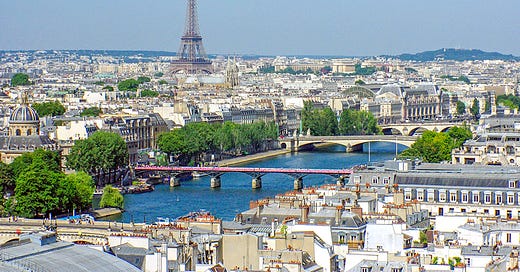




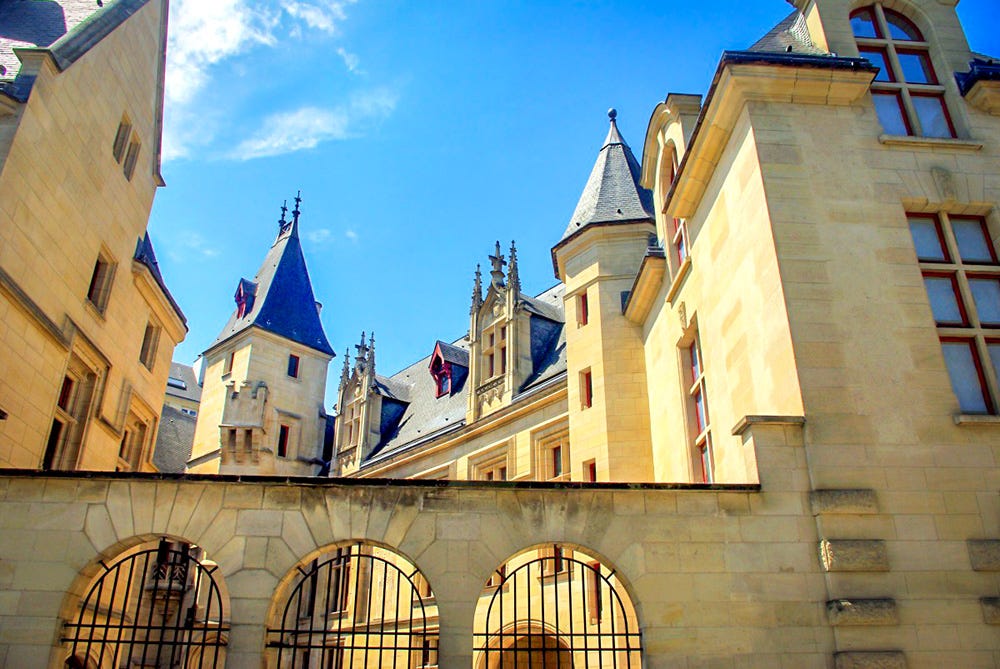
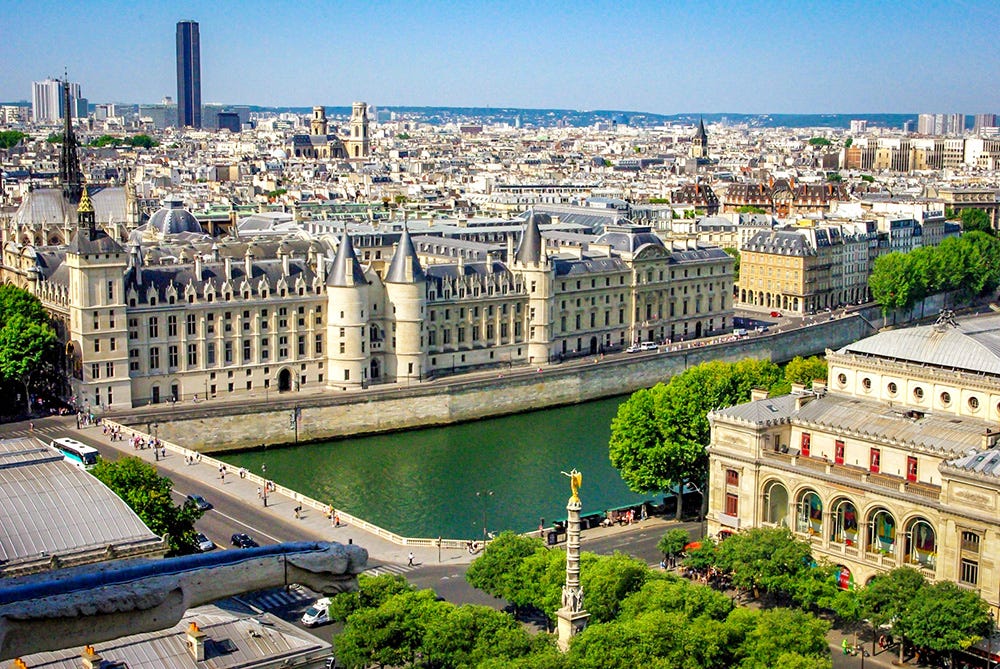
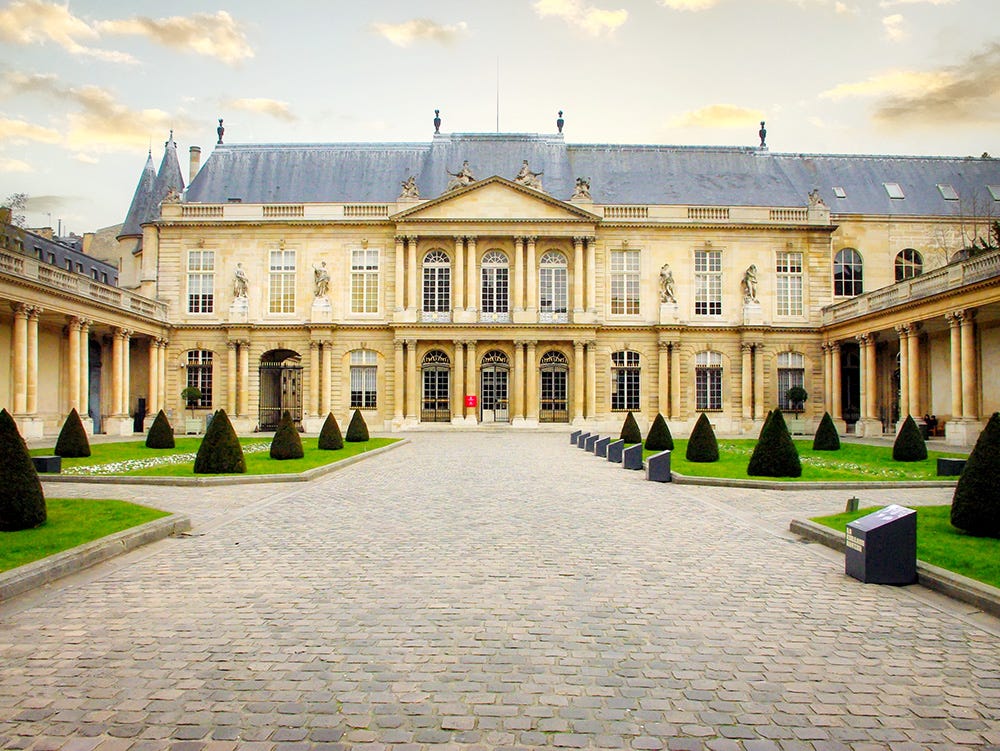
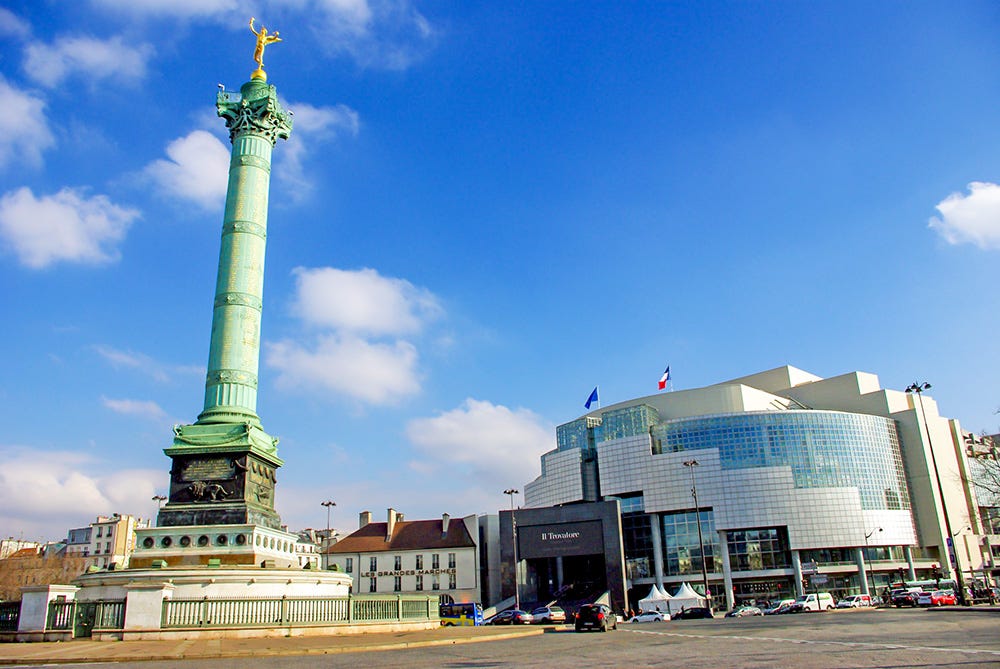
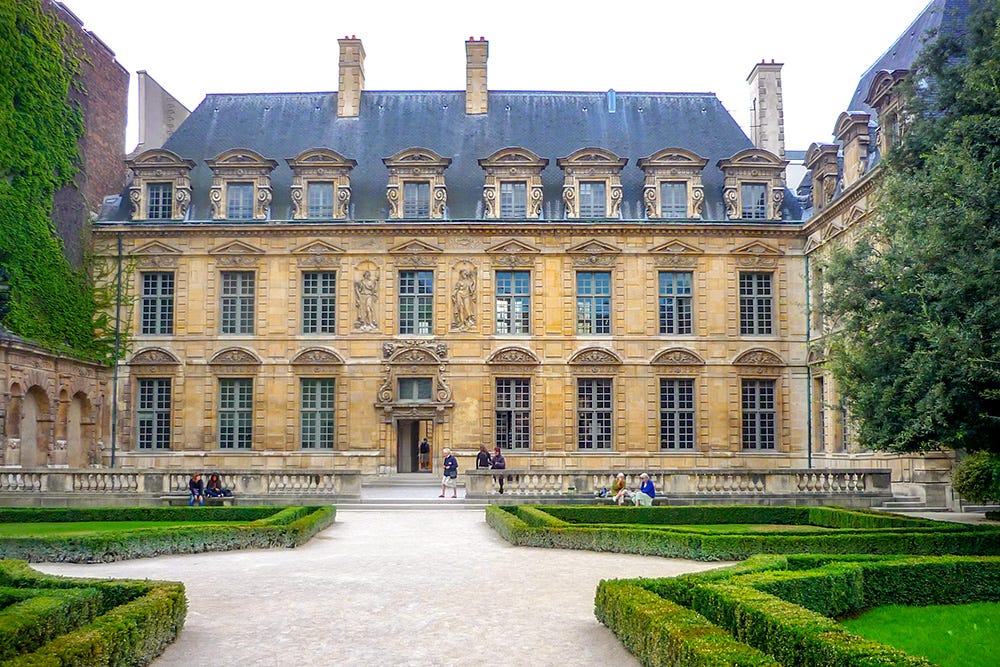
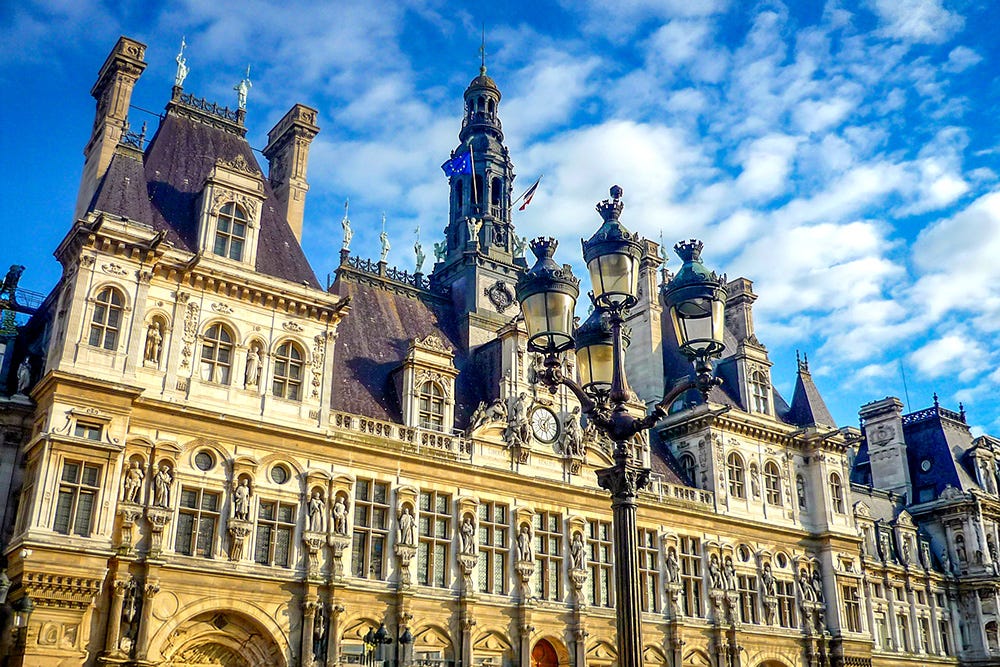
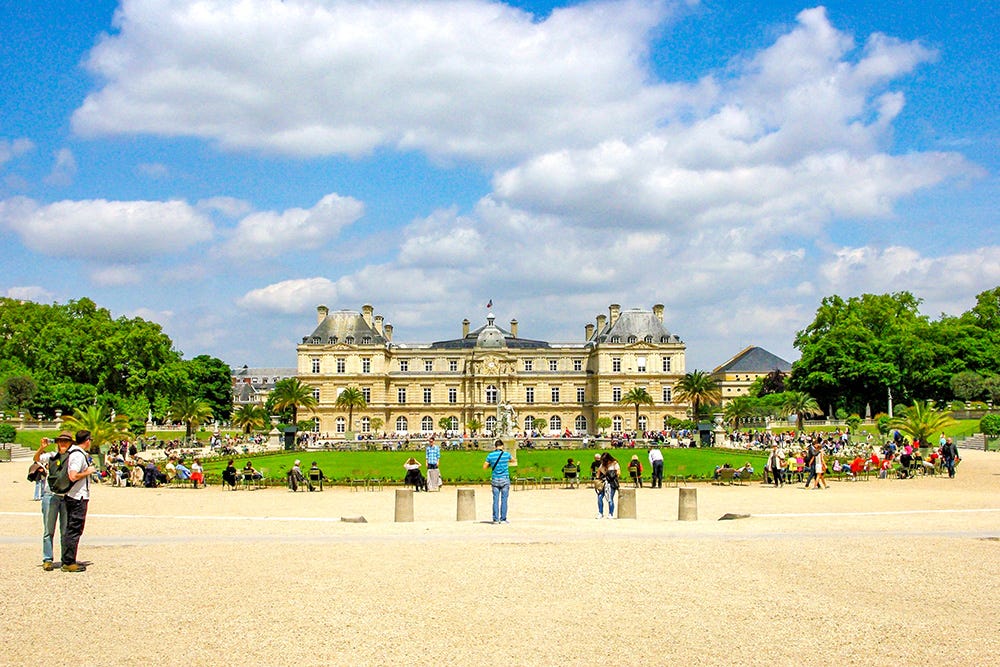
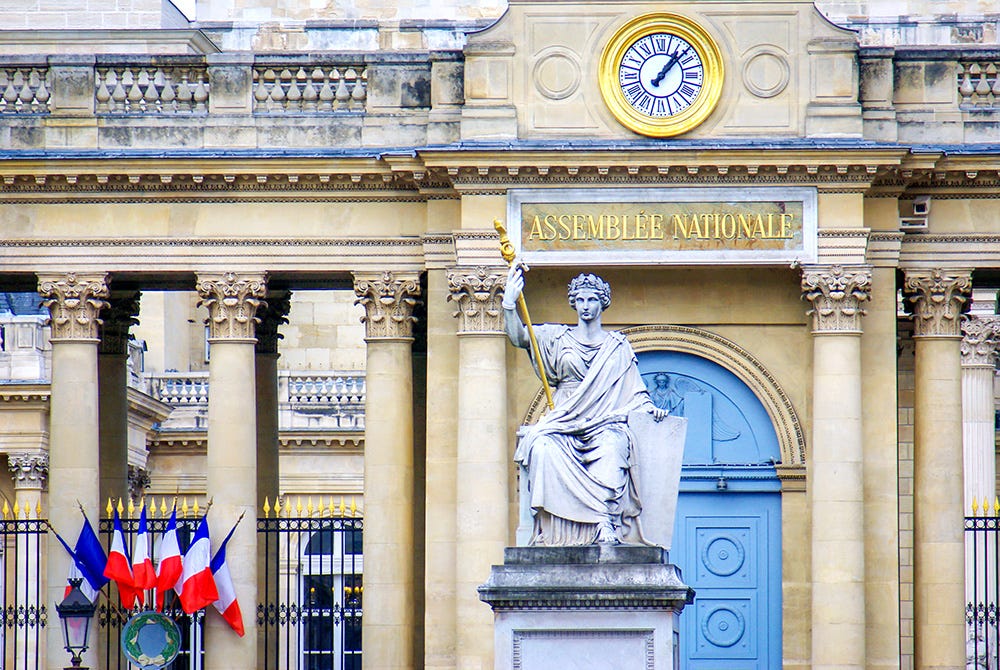
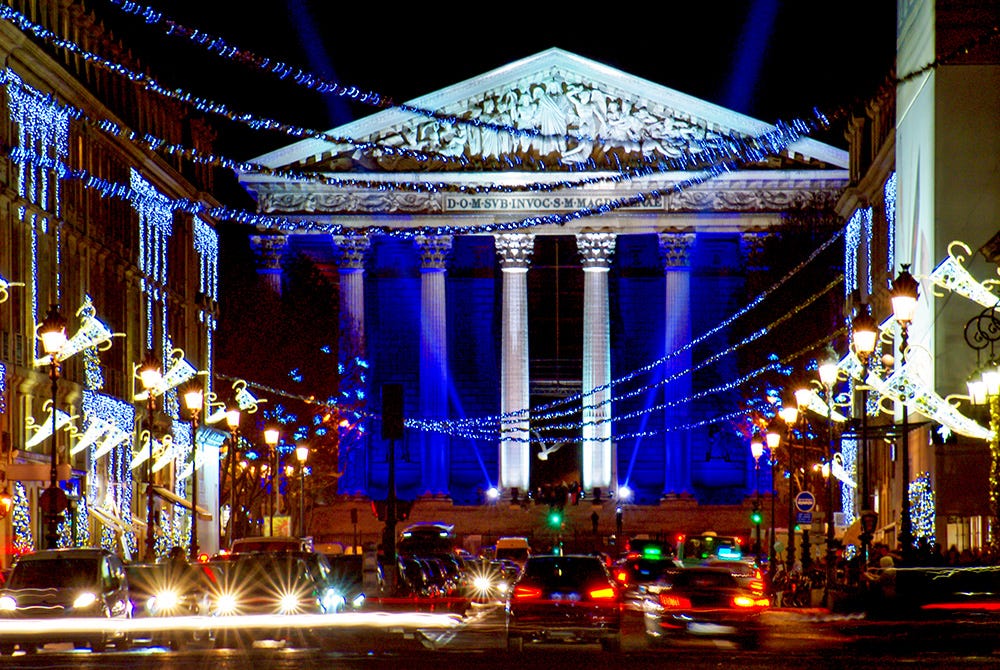
In my opinion, the best way to see the Eiffel Tower is on a dinner cruise on the Seine. The tower is beautifully lit up. It is absolutely not worth it to go right to the base of it during the day. There are so many scammers.